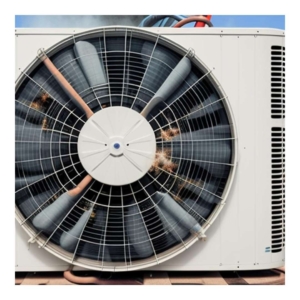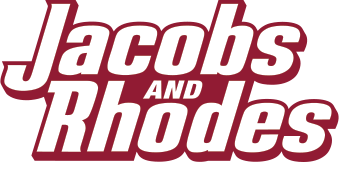How to Know When It’s Time to Replace Your HVAC System

A reliable HVAC system does more than just keep your home warm in the winter and cool in the summer—it’s essential for comfort, energy efficiency, and indoor air quality. But even the best systems don’t last forever.
If you’re noticing rising energy bills, uneven temperatures, or constant repairs, your HVAC system may be signaling that it’s time for an upgrade.
Why HVAC Performance Matters
A well-functioning HVAC system:
-
Maintains consistent indoor temperatures
-
Controls humidity and airflow
-
Improves indoor air quality
-
Lowers your energy usage
When any of these start slipping, your system may be costing you more than it’s worth—financially and comfort-wise.
How Long Should an HVAC System Last?
While maintenance and environment play a big role, here are the general lifespans of common HVAC systems:
-
Gas Furnace: 15–20 years
-
Oil Furnace: 15–20 years
-
Central Air Conditioner: 12–15 years
-
Ductless Mini-Split: 12–15 years
-
Air-Source Heat Pump: 10–15 years
-
Geothermal Heat Pump: 20–25 years
Regular filter changes, tune-ups, and inspections can help extend the life of your system—but if your unit is near or past its expected lifespan, it’s time to keep a close eye on its performance.
6 Red Flags Your HVAC System Might Need Replacing
1. Rising Energy Bills
A steady increase in your monthly energy costs—especially without a clear cause—can be a sign of declining HVAC efficiency. Outdated motors, clogged filters, refrigerant leaks, or deteriorating ductwork all force your system to work harder, burning more energy in the process.
2. Uneven Heating or Cooling
Are some rooms freezing while others feel like a sauna? That imbalance usually means your HVAC is struggling. It could be duct issues, poor airflow, an incorrectly sized system, or worn-out components.
3. Frequent Breakdowns and Repairs
HVAC repairs here and there are normal—but if you’re calling a technician every few months, you’re likely spending more than you would on a new system. If repairs are adding up to half the cost of replacement, it’s time to stop patching and start planning for an upgrade.
4. Unusual Noises
Clanking. Rattling. Screeching. Gurgling. If your HVAC sounds like it’s hosting a rock concert, it’s not just annoying—it’s a warning. These sounds can point to loose parts, worn belts, refrigerant leaks, or serious motor issues. Don’t ignore them.
5. Poor Indoor Air Quality
Dust buildup, musty odors, or lingering allergens could mean your HVAC system isn’t filtering or ventilating effectively. Older systems often struggle with humidity control too, which can lead to mold growth and respiratory irritants.
6. Negative Environmental Impact
An inefficient system doesn’t just cost you more—it uses more energy, increases your carbon footprint, and puts strain on natural resources. Upgrading to a modern, high-efficiency unit lowers your utility bills and your environmental impact.
The Bottom Line
An aging HVAC system can drain your wallet, decrease your comfort, and compromise your home’s air quality. If you’re seeing one or more of these warning signs, it may be time to take action.
At Jacobs and Rhodes, we specialize in helping homeowners across the Tri-Cities choose energy-efficient systems that deliver long-term comfort, reliability, and savings.
Let us inspect your current setup and walk you through your options—no pressure, just expert advice.
This brings up the importance of choosing the right replacement HVAC system.

 2023
2023 Jacobs and Rhodes
Jacobs and Rhodes